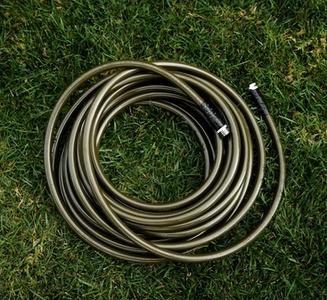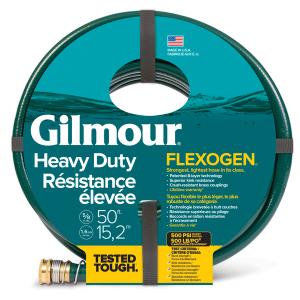What happens when you cut too much?
Grass blades are responsible for producing food to meet plant needs. When too much of the blade length is cut, it is forced to draw on reserve energy stores, which stunt growth and starve the plant. Repeated short cuts can weaken grass making it more susceptible to any of the following:
On the other hand, a healthy lawn has plenty of blade length to get the job done. (Psst! For more tips on mowing, read Mowing Do's & Don'ts next.)
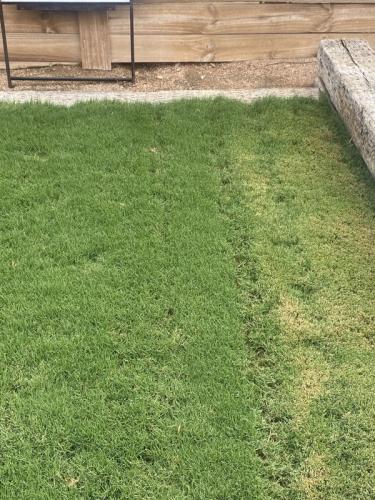
Comparison of a lawn mowed at the ideal height versus the consequences of mowing too short!
Already got a super short cut?
Don’t worry you can fix it! All you need is a little patience and your grass will bounce back in no time.
Give it time
Skip a mow (or two!) to let your lawn build up some new growth. You want to make sure that your grass grows to its maximum height BEFORE you cut it. This will depend on the grass type:
- Cool-season grasses like fescue, bluegrass, and ryegrass shouldn't be cut until the blades reach 4-6 inches.
- Warm-season grasses like St. Augustine, bermudagrass, and zoysiagrass can be cut at 3-4 inches.
Stay sharp
Check to see if your mower blade needs a mid-season sharpen. A sharp blade reduces grass stress. Check out our step by step blade sharpening guide for more detail.
Right height
Adjust your mowing height to the highest setting for your grass. Taller grass encourages deeper rooting grass—essential for a dense, green lawn.
Remember the mowing rule of thumb: cut only ⅓ of your grass length each time you mow.
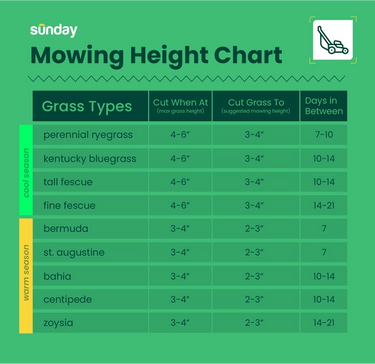
Sunday's mowing height chart
Timing is everything
Mow during the cooler part of the day either morning or evening to help reduce grass stress, especially in hot summer weather.
Depending on how short the grass was to start, your lawn should make a full recovery in about 3 weeks.
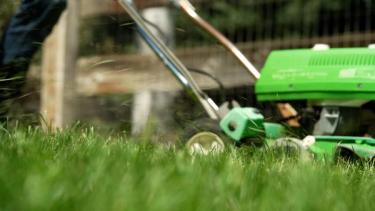
Cited sources
Mowing too short can harm your lawn. MSU Extension.












